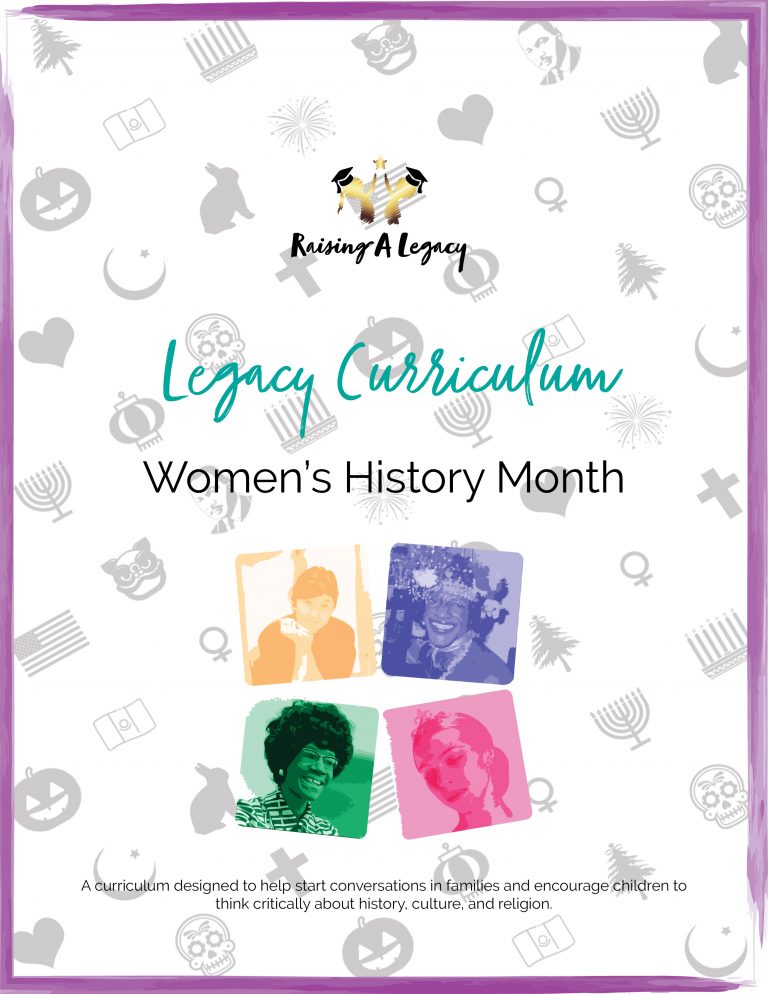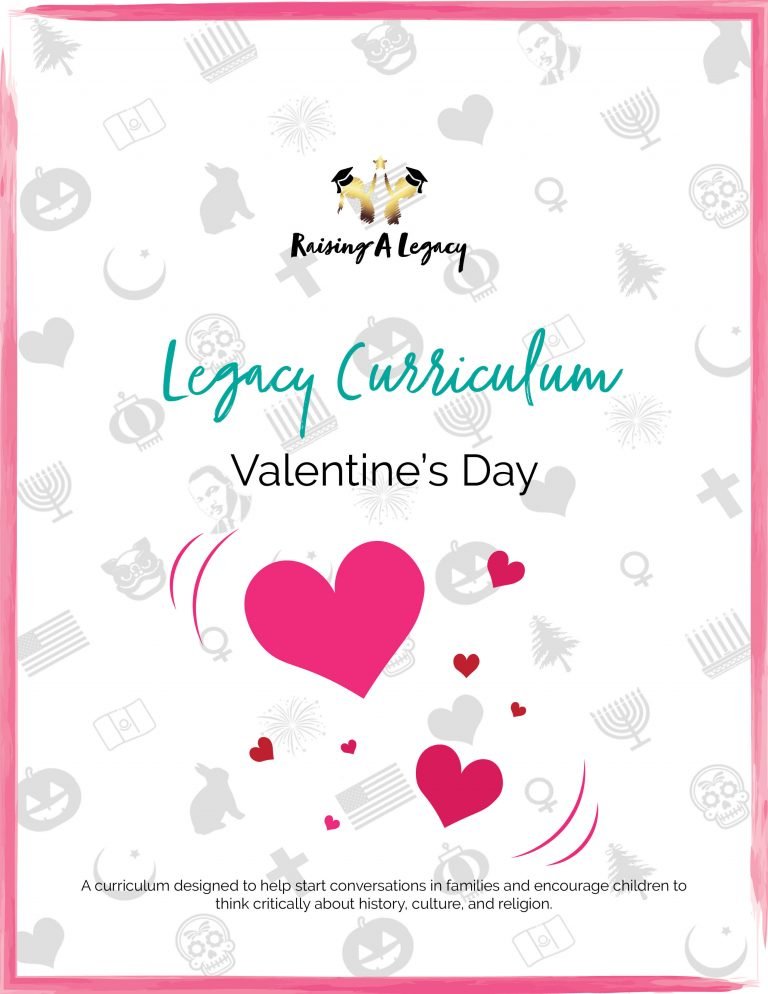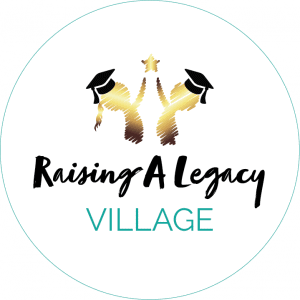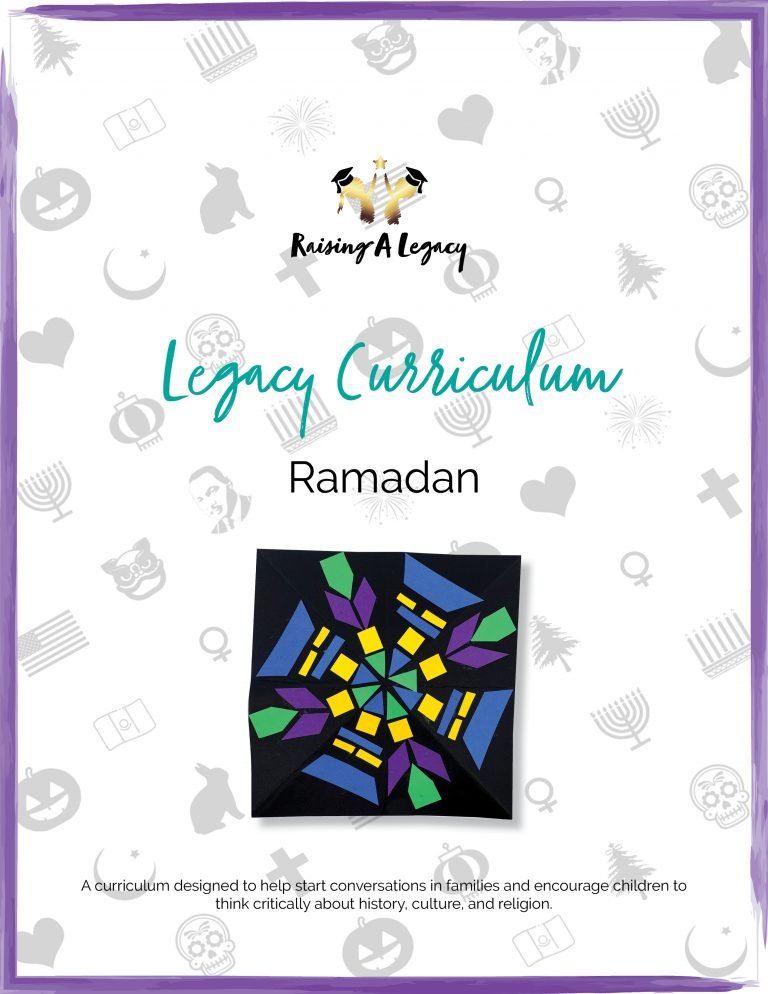
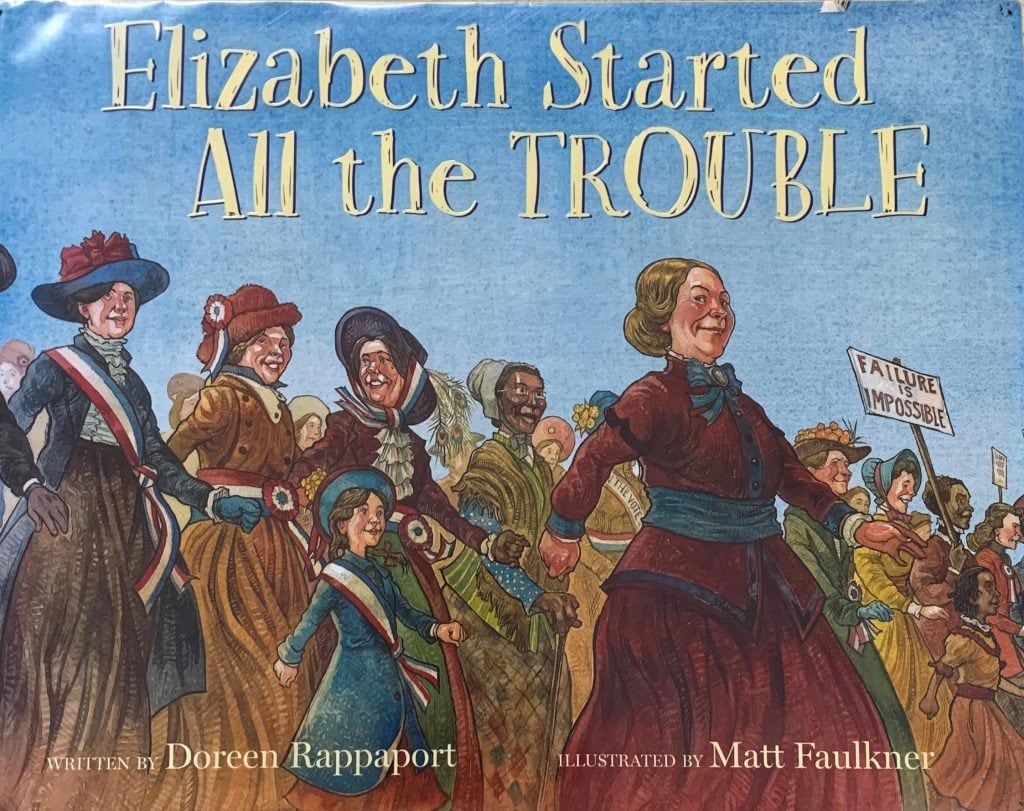
Elizabeth Started All the Trouble
This book is framed around white women’s struggle for the right to vote. It gives mention to the abolishment of slavery which influenced the women’s vote and only one POC, Sojourner Truth, negating all the WOC who fought for women’s suffrage. It gives the erroneous illusion that only white educated women were involved in the fight. The title is about Elizabeth Cady Stanton but also talks about other white women who worked for equality before and after she died. Elizabeth wrote the Declaration of Sentiments, a manifesto of what women were fighting for that was based on the Declaration of Independence. She also traveled around the country giving speeches and organizing women. It discusses how radical voting for women was at the time. Elizabeth’s own husband who supported many of the equality measures put forth in the Declaration of Sentiments did not support women voting. I would classify this book under a timeline and history of white women involved in women’s suffrage. Overall, it gives a very distorted view of women’s suffrage as a whole.
Here is a better view:
- Women’s suffrage began before the Civil War and was largely pushed by educated white women. Their vision of equality was impacted by Native Americans. Women like Lucretia Mott and Elizabeth Cady Stanton were impressed by Native American culture which placed women in an equal role to men.
- Amendment 13 abolished slavery and Amendment 15 gave the right to vote to African American men. White women were hurt that they were overlooked after their years of activism.
- White women used this opportunity to sway southern voters. They maintained that giving the right to vote to educated women (white women) would balance out the African American male votes and maintain white supremacy.
- Despite there being prominent Women of Color fighting for the right to vote, they were routinely excluded from events and if they were invited they were required to do so in a segregated capacity.
- In 1904, Mary Church Terrell and Josephine St. Pierre Ruffin organized The National Association of Colored Women’s Clubs. Its motto was “Lifting As We Climb.” Although suffrage was something they focused on, their main goal was racial uplift. This involved improving education, promoting opportunities, upholding the rights of women and children, and raising their quality of life. Suffrage was important but if it didn’t address battles unique to African Americans it was inadequate.
- Other Women of Color faced similar challenges. As they were fighting for suffrage, they were also working to improve the discriminations that they faced within society and in the movement. Some of them include Mabel Ping-Hua Lee, Maria de Lopez, Ida Bell Wells-Barnett, and Zitkala-Sa.
Subscribe!
Get updates on what’s happening here at RAL.
Curriculum Packets
Find the perfect story and the activities to match.
-
 Boo StewDecember 7, 2021/0 Comments
Boo StewDecember 7, 2021/0 Comments -
 WarDecember 7, 2021/
WarDecember 7, 2021/ -
 Indoor Fun Preschool Activity BookDecember 7, 2021/
Indoor Fun Preschool Activity BookDecember 7, 2021/
Tags
Categories
- Create
- History Curriculum Reviews
- Learn
- Read
- Black History Month Books
- Book Reviews
- activity book
- asian american and pacific islander
- black history month
- Cancer
- national hispanic heritage month
- Native American Heritage Month
- nurse week
- Picture Books
- Podcasts
- Pride
- Problematic Books
- Science
- Social Studies
- social-emotional learning
- Valentine's Day
- womans history month
- Women's History Month
- young adult
- Christmas Books
- Cinco de Mayo Books
- Halloween Books
- Hanukkah Books
- Juneteenth Books
- Kwanzaa Books
- Thanksgiving Books
- Valentine's Day Books

